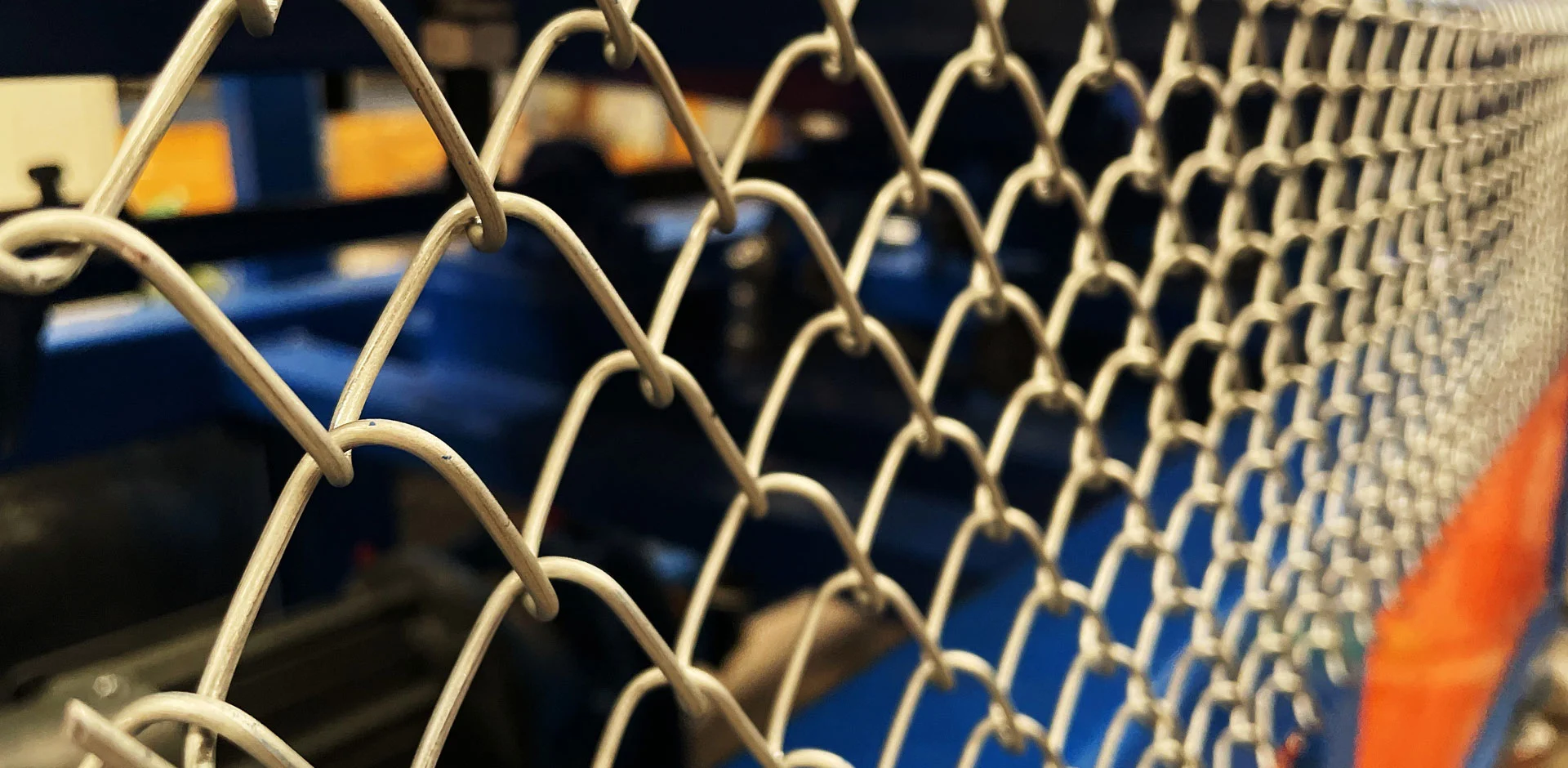снеж . 21, 2024 08:45 Back to list
Stainless Steel Wire Mesh for Durable and Versatile Applications in Various Industries
The Versatility and Applications of Stainless Steel Wire Netting
Stainless steel wire netting, often referred to as wire mesh or wire cloth, has become an indispensable material in various industries due to its robust properties, durability, and versatility. Made from high-quality stainless steel, this type of netting offers excellent resistance to corrosion, making it an ideal choice for both indoor and outdoor applications. Here, we explore the characteristics, production processes, and applications of stainless steel wire netting.
Characteristics of Stainless Steel Wire Netting
One of the standout features of stainless steel wire netting is its exceptional strength-to-weight ratio. This means that despite being relatively lightweight, it can withstand significant loads without deformation or breakage. The tensile strength of stainless steel wire is crucial in applications where safety and durability are paramount.
Another notable characteristic is its resistance to rust and corrosion. Unlike traditional steel, which can degrade over time when exposed to moisture, stainless steel maintains its integrity, even in harsh environments. This property ensures longevity and makes it suitable for use in marine and chemical settings, where other materials would fail quickly.
Stainless steel wire netting also offers aesthetic appeal. Its shiny, sleek appearance makes it a popular choice for architectural designs, including railings and decorative foils. The adaptability of the mesh allows for a range of dimensions and styles, catering to specific project requirements.
Production Process
The production of stainless steel wire netting involves several key steps. The first step is the selection of high-grade stainless steel, typically from the 304 or 316 series, which are known for their corrosion resistance and strength. Once the appropriate grade is selected, the steel is drawn into wire of varying diameters, depending on the intended application.
Next, the wire is woven into a mesh structure using various techniques, such as plain weave, twill weave, or Dutch weave. Each weaving method offers unique characteristics, making the mesh suitable for different applications. For instance, Dutch weave creates a denser fabric that is ideal for filtration purposes, while plain weave is more commonly used in general applications.
After weaving, the mesh is often subjected to processes such as annealing, which involves heating the material to relieve stresses and improve ductility. The final product is then cut to size, cleaned, and sometimes coated with protective finishes to enhance its resistance to corrosive elements.
stainless steel wire netting

Applications of Stainless Steel Wire Netting
The versatility of stainless steel wire netting means that it can be found in a diverse range of applications. Here are some prominent uses
1. Construction and Architecture Stainless steel wire netting is widely used in construction for safety barriers, fencing, and reinforcement in concrete structures. Its strength and durability make it an ideal choice for various architectural applications.
2. Filtration and Separation The mesh is extensively utilized in filtration systems for water treatment, food processing, and chemical manufacturing. The varying sizes of openings in the mesh allow for precise separation and filtration of particles, essential in maintaining product quality.
3. Agriculture In agricultural settings, stainless steel wire netting is often used for animal enclosures, garden fencing, and protecting crops from pests. Its anti-corrosive properties ensure that it retains functionality in exposure to the elements.
4. Automotive and Aerospace The automotive industry employs stainless steel wire netting for decorative grilles and safety features, while aerospace relies on it for components that require lightweight yet strong materials.
5. Art and Design Artists and designers frequently use stainless steel wire mesh for sculptures, installations, and decorative elements. The material’s flexibility allows for creative expressions while ensuring structure and resilience.
Conclusion
In conclusion, stainless steel wire netting is a multifunctional material that plays a crucial role across various sectors due to its unique properties and adaptability. With its impressive mechanical strength, corrosion resistance, and aesthetic versatility, it continues to meet the demands of modern applications while offering solutions for both commercial and industrial needs. Whether you are exploring its uses in construction, filtration, agriculture, or art, the significance of stainless steel wire netting cannot be overstated. This remarkable material is sure to remain a staple in numerous industries for years to come.
share
-
CE Certified 250 Micron Stainless Steel Mesh for Precision & Durability
NewsAug.26,2025
-
CE Certified 250 Micron Stainless Steel Mesh for Precision & Durability
NewsAug.25,2025
-
Premium CE Certified Metal Fine Mesh for Precision & Safety
NewsAug.24,2025
-
Stainless Steel Wedge Wire Mesh: Durable, Precision Filtration
NewsAug.23,2025
-
CE Certified 250 Micron Stainless Steel Mesh for Precision Filtration
NewsAug.22,2025
-
CE Certified 250 Micron SS Mesh - Precision Filtration & Strength
NewsAug.21,2025

